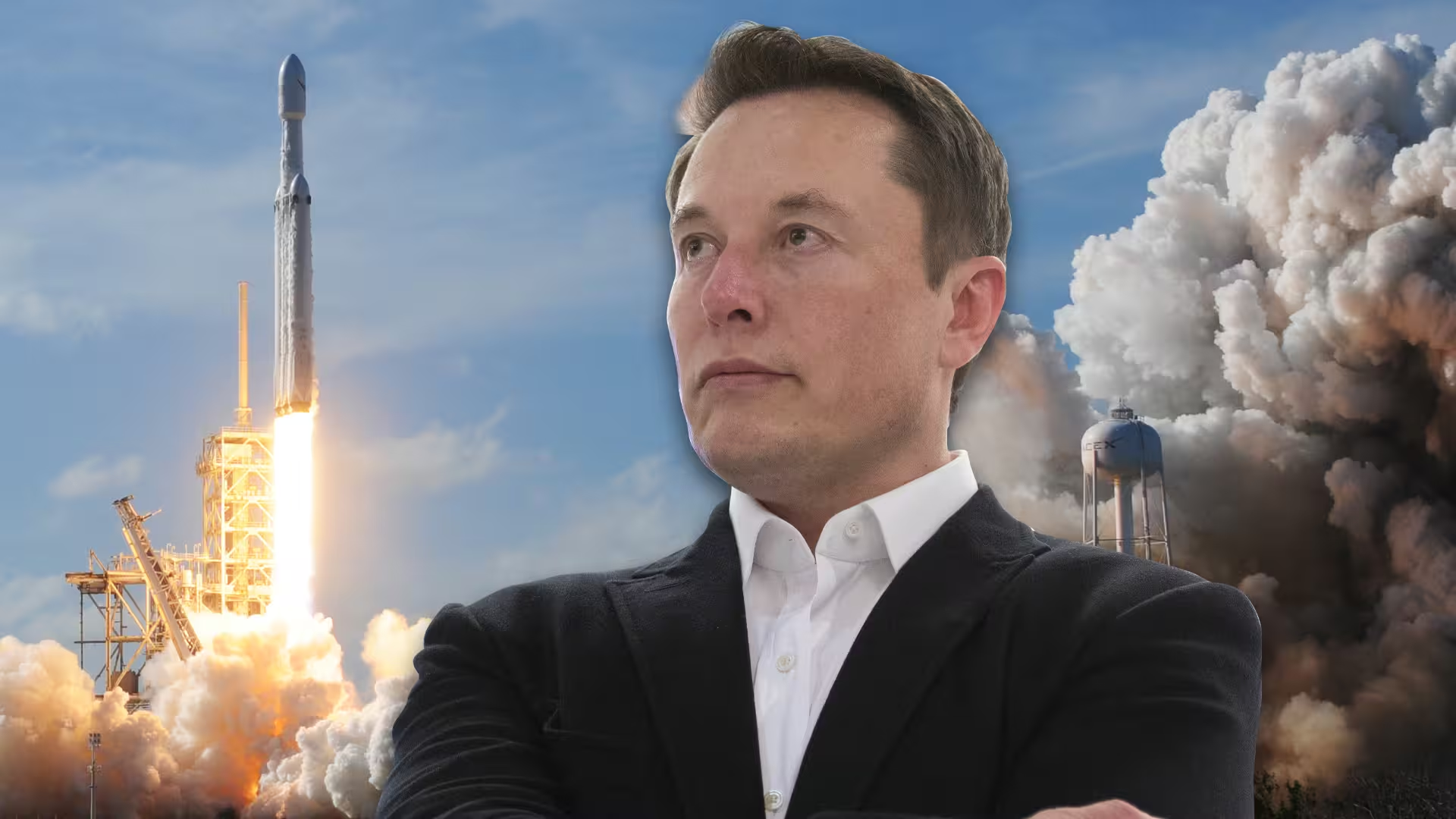6 Minutes
Origins: a private challenge to an established launch monopoly
Elon Musk founded SpaceX in 2002 with the explicit aim of lowering launch costs and increasing access to orbit. Funded initially with proceeds from the sale of PayPal, the company developed the small Falcon 1 to prove a new model for rocket development: rapid iteration, vertical integration, and reuse. At the time, U.S. government and commercial customers relied heavily on a narrow set of incumbents. United Launch Alliance (ULA), formed from Boeing and Lockheed Martin launch assets, was widely seen as the default provider for many national security and civil missions and charged correspondingly high prices for flights.
In the mid-2000s SpaceX sought visibility and government contracts to scale development. Early seed funding came from competitive research and defense programs: modest awards from DARPA and the U.S. Air Force helped sustain development of Falcon 1 and follow-on vehicles. Those early steps were critical, but development was rocky—Falcon 1's first three flights failed to reach orbit, a near-fatal setback for the startup model where cash runway is limited.
Turning point: NASA contracts and the rise of reuse
NASA played a decisive role in preventing SpaceX from folding. In 2008, shortly after the first successful Falcon 1 launch, NASA selected SpaceX for the Commercial Resupply Services (CRS) contract to deliver cargo to the International Space Station. That award—part of a broader agency shift toward public-private partnerships—provided both revenue and credibility. SpaceX developed the larger Falcon 9 rocket and the Dragon capsule to fulfill CRS missions; later NASA contracts expanded the relationship to include crew transportation under the Commercial Crew Program, a multibillion-dollar series of awards to develop vehicles capable of carrying astronauts to and from low Earth orbit.
These government partnerships enabled SpaceX to scale manufacturing, refine rocket engines and avionics, and importantly, to pioneer booster reuse. Reusability reduced marginal launch costs and increased flight cadence, a change that transformed the economics of access to space.
Market impact: launch cadence, satellite constellations, and government dependence
By the early 2020s SpaceX had expanded beyond launch services. The company operates Starlink, a broadband satellite constellation designed to provide global internet connectivity, and has pursued very large launch manifest volumes to deploy and maintain that network. In 2024 SpaceX conducted a record number of orbital launches—134 flights, which industry analysts at BryceTech said represented roughly 83% of spacecraft launched that year—and Bloomberg reported a private valuation near $400 billion. Those figures illustrate both market dominance and concentrated dependence: U.S. civil and military customers increasingly rely on SpaceX hardware and services.
SpaceX programs now touch multiple strategic areas: Falcon 9 and Dragon remain the primary vehicles for NASA cargo and crew missions to the ISS; Starlink provides resilient communications for remote areas and allied operations; Starship, still in development and testing, is central to U.S. plans for lunar return and deep-space logistics; and classified and commercial customers have contracted constellations and payload launches from SpaceX, including a government-focused initiative nicknamed Starshield.

Implications for competition and resilience
The scale and low cost of SpaceX launches have lowered barriers for new space companies worldwide, enabling a burst of satellite-based services and startups. However, that centrality raises questions about supply-chain resilience, national security risk concentration, and the health of competing launch providers. Even other satellite operators—Amazon's Project Kuiper and OneWeb among them—have used SpaceX rockets for deployments, further entwining industry fortunes.
Expert Insight
Dr. Maya R. Singh, an aerospace systems engineer and former NASA mission planner: 'SpaceX changed the calculus of launch economics by proving that high cadence and partial vehicle reuse can drastically reduce cost per kilogram to orbit. That unlocked business models—large constellations, rapid replacement, and responsive launch—that were previously uneconomic. The trade-off now is ensuring redundancy: when one company provides most access to space, national and commercial planning must include backup options and diversified supply chains.'
Technical context and future prospects
Key technical drivers behind SpaceX's dominance include ground-up engine design, vertical integration of production, and iterative test programs that accept early failures as part of development. Starship aims to extend that approach with full reusability and much larger payload capacity, potentially reshaping deep-space logistics and lunar surface missions. Continued government contracting, increasing demand for satellite broadband, and a maturing commercial market suggest high launch demand will persist, but regulatory, safety, and geopolitical factors will shape how dependence evolves.
Conclusion
SpaceX's journey from a small, rocky startup to a central pillar of U.S. space access was driven by a mix of private capital, selective government contracts, technical innovation—especially around reusability—and aggressive scaling to meet constellation and national needs. That dominance has lowered costs and expanded opportunities for space-based ventures worldwide, but it also concentrates strategic dependence. Policymakers, industry leaders, and international partners now face the task of balancing efficiency gains with resilience and fair competition in an era where one company plays an outsized role in access to orbit.
Source: cnbc


Leave a Comment